It’s the start of another year, and here at AUP, we’re marking over a decade of celebrating the dynamic world of aviation with our readers. The year 2024 has been nothing short of eventful, filled with milestones, challenges, and surprises that shaped the aviation landscape in the Philippines and beyond.
The aviation industry began the year with a renewed sense of optimism. Airlines resumed more flights, opened new routes, and added aircraft to their fleets. Cebu Pacific, Philippine Airlines, and AirAsia were at the forefront, introducing various services to meet the pent-up travel demand.
Cebu Pacific went on an ambitious regional network expansion, strengthening its hubs in Manila, Cebu, Clark, Davao, and Iloilo. In 2024 alone, the low-cost airline launched and reopened over 20 domestic and international routes from its five hubs. This expansion was made possible with the arrival of 17 aircraft this year, comprising of an ATR, A320s, A321s, and A330neos.
Meanwhile, PAL’s most notable highlight is the launch of the inaugural service between Manila and Seattle. The flight, operated by a Boeing 777-300ER, flies thrice weekly. Seattle is the flag carrier’s sixth destination in the United States.
Exciting developments, like Air France’s announcement of a Paris-Manila route and Cebu Pacific’s unveiling of its second Cadet Pilot Program, also signaled a strong recovery in the industry. Cebu Pacific gambled big on the future of regional air travel when, in October, it placed firm orders of 70 Airbus A321neo aircraft, with options to order 82 more from the European planemaker.
Not everything was smooth sailing, however. Throughout the year, the industry faced challenges that tested its resilience. A tragic Jeju Air crash in South Korea sent shockwaves across the region, while an Azerbaijan Airlines Embraer ERJ-190AR was shot down by allegedly a Russian anti-aircraft missile.
Locally, there were also minor incidents involving Philippine-registered aircraft. A Cessna 152 made an emergency landing in a rice field in Bulacan in February, a Cessna 172 ditched in the ocean near San Fernando in May, while a Cessna 152 crashed into a house in Plaridel in July. Fortunately, no casualties were reported in these incidents.
The year 2024 also saw various incidents involving airliners in the country. PAL experienced a minor runway excursion in Bacolod just last month, a rejected takeoff in Manila leading to deflated tires, and a Q400 overshooting the runway in Busuanga. PAL’s Q400 and Cebgo’s ATR also faced back-to-back incidents at Siargao Airport within 26 hours.
Notable events at the Ninoy Aquino International Airport included a ground collision between the wingtips of PAL and China Airlines aircraft and a Philippine Air Force C-130 becoming disabled on a taxiway. Additionally, a Cebu Pacific A321neo was rendered immobile during repositioning, and a Royal Air Philippines flight diverted after a power bank fire.
These incidents, though non-fatal, stress the importance of stringent safety protocols. While minor incidents like these happen from time to time, there’s a reason why injuries and fatalities are rare—flying is still the safest form of transportation by a large margin. Incidents like these are meticulously investigated, and safety recommendations are immediately implemented to prevent further occurrences.
Despite the ups and downs, 2024 was also a year of exciting breakthroughs. The Philippines welcomed new opportunities for growth, including inaugural international routes, the launch of advanced aviation technology, and key government initiatives aimed at bolstering the sector.
Without further ado, here are our top-read and most talked-about stories of 2024.
Jeju Air flight crashes on landing in South Korea
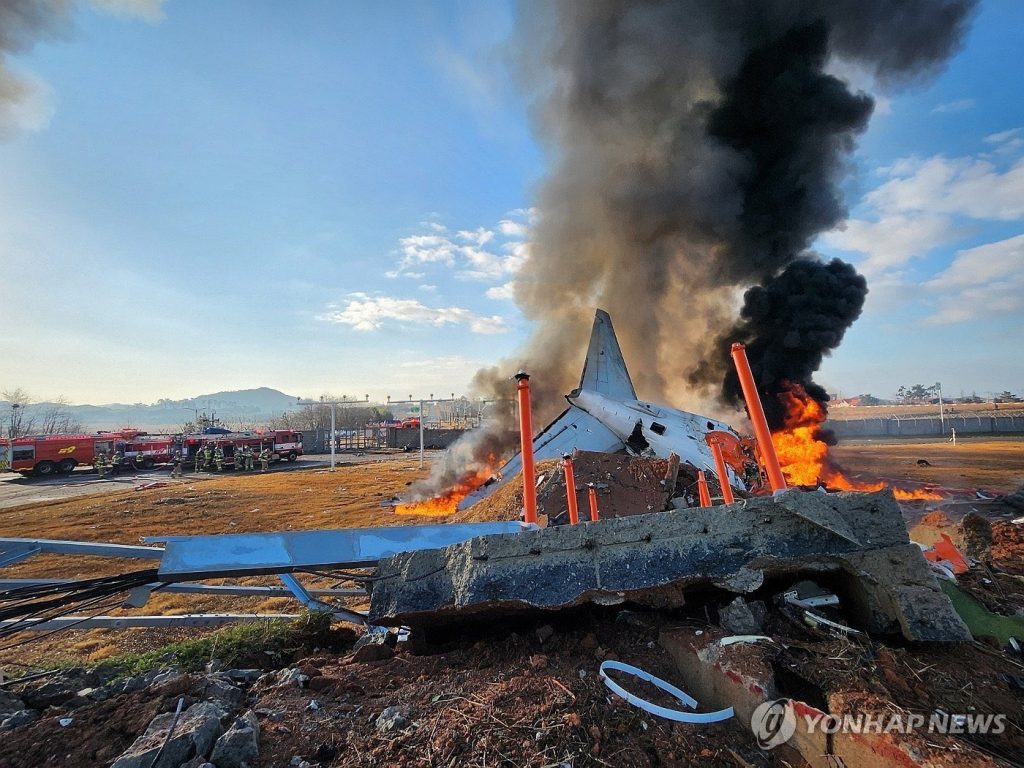
The most-read story of the year came from South Korea, where a Jeju Air Boeing 737 flight tragically overran the runway and exploded after it hit a concrete wall, claiming 179 lives, on Dec. 29. Even though it only happened a few days ago, the story quickly catapulted to the top spot.
Flight 7C-2216 was a scheduled passenger service between Bangkok, Thailand, and Muan, South Korea. The majority of the flight was uneventful until the approach phase. On its final approach to Runway 01, the 737 reportedly suffered a bird strike after Muan’s air traffic control issued a warning about bird activity in the area.
The aircraft performed a go-around and attempted an immediate landing on the opposite end of the runway. A video footage of the accident showed the Jeju Air jet touching down on Runway 19 without landing gear and flaps, essentially landing with a “clean” configuration. The aircraft failed to stop, overran the runway onto the grass, and exploded as it hit concrete where the instrument landing system was installed.
The crash shook the world and became a talking point among aviation professionals and enthusiasts because of the mysteriousness of the circumstances leading to the fatal crash.
United Airlines to launch Tokyo-Cebu flights
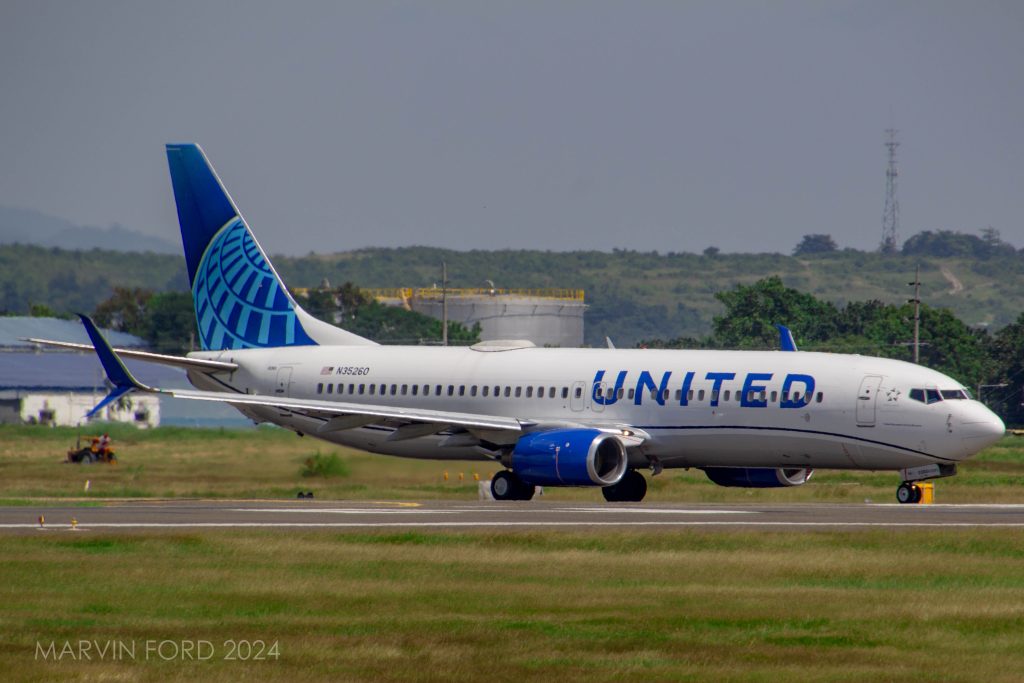
United Airlines announced a major move in March, unveiling plans to connect Cebu with Tokyo Narita. This marks a significant step forward in positioning Cebu as a vital hub for international travel. Flights between the two cities run daily aboard the Boeing 737-800 fleet.
United Airlines is the first American carrier to launch scheduled passenger flights to the Queen City of the South.
Japan Airlines A350 collides with Coast Guard aircraft at Tokyo Haneda Airport
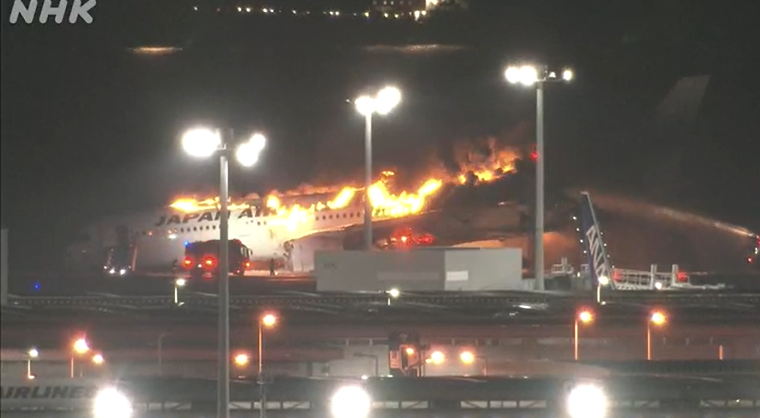
On Jan. 2, a Japan Airlines A350 aircraft collided with a Japan Coast Guard Dash 8-300 in Tokyo Haneda, Japan. The A350 approached Haneda’s Runway 34R when the Dash 8 entered the runway after assuming it had clearance to line up. Since the incident happened at night, the Dash 8 was reportedly not visible from the cockpit of the A350—the Dash 8’s navigation lights blended with the high-intensity runway lights at Haneda.
The runway collision resulted in the death of five crew members on the Dash 8, the only survivor being the captain, albeit receiving serious injuries. 15 of the 367 passengers and 12 crew members needed medical attention after the incident.
Fire engulfed the A350 after hitting the Dash 8; however, the evacuation process of the hundreds of passengers on the JAL flight was already complete.
Cebu Pacific launches Cadet Pilot Program 2.0

Cebu Pacific reopened its Cadet Pilot Program to train future aviators for its domestic and international routes. The 96-week, self-funded program, in partnership with Airworks Aviation Academy in Cebu, offered aspiring pilots a path to obtaining a Commercial Pilot’s License, instrument rating, 200 hours of flight experience, and type ratings for either the Airbus A320 or ATR 72-600.
Over the next five years, Cebu Pacific will train 240-300 cadet pilots, supporting its fleet expansion plans with new aircraft orders.
NASA DC-8 arrives in Clark
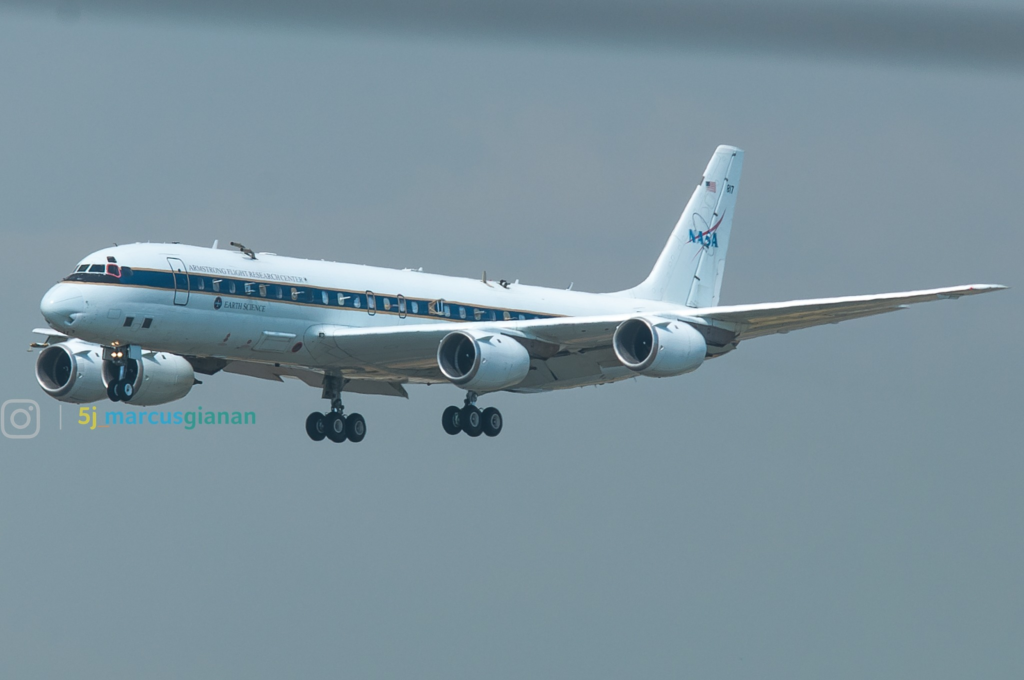
The iconic NASA DC-8-72, registered as N817NA, arrived in the Philippines in February. The aircraft was on a mission to conduct air quality studies in the Philippines, marking its first Southeast Asia deployment.
This mission, part of its farewell tour before retirement, saw the legendary 54-year-old aircraft visit South Korea, Malaysia, and Thailand before retiring in April 2024. The DC-8 remained in the Philippines until February 15, 2024.
Air France resumes direct Manila-Paris flights after 20-year hiatus
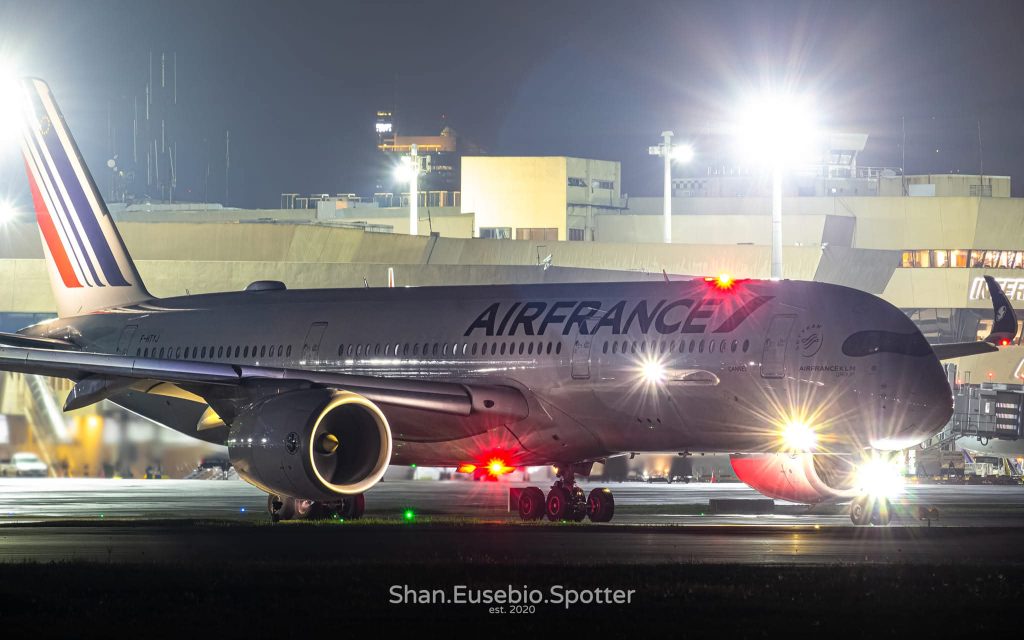
Air France resumed direct flights between Manila and Paris on December 8, 2024, after a 20-year break. In two decades, this marks the first direct link between the Philippines and the European Union
The new route, which operates three times a week aboard an Airbus A350, is expected to boost tourism and trade. The flight time between Manila and Paris is approximately 14 to 15 hours.
Starlux Airlines axes Taipei-Manila flights
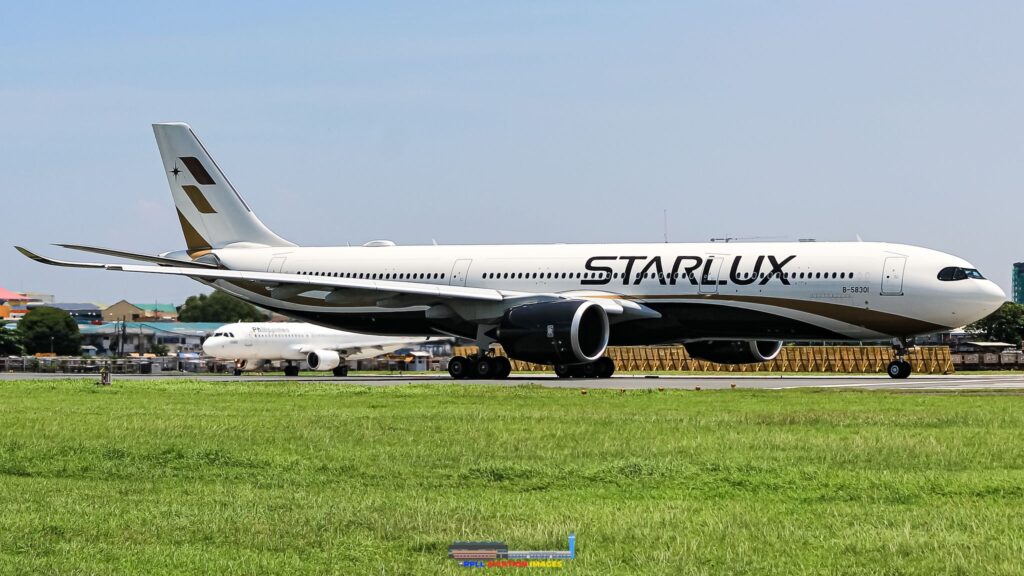
Starlux Airlines operated its final Taipei-Manila flight on March 30, 2024, ending service between the two cities. The last flight, JX-786, departed Manila’s NAIA and arrived at Taipei’s Taoyuan International Airport.
The route suspension was part of Starlux’s network adjustments for the IATA summer schedule. The Taipei-Manila service, which began in July 2021, operated thrice weekly using Airbus A321neo aircraft.
Starlux continues flying to the Philippines via Cebu and Clark.
IrAero inaugurates Manila flights
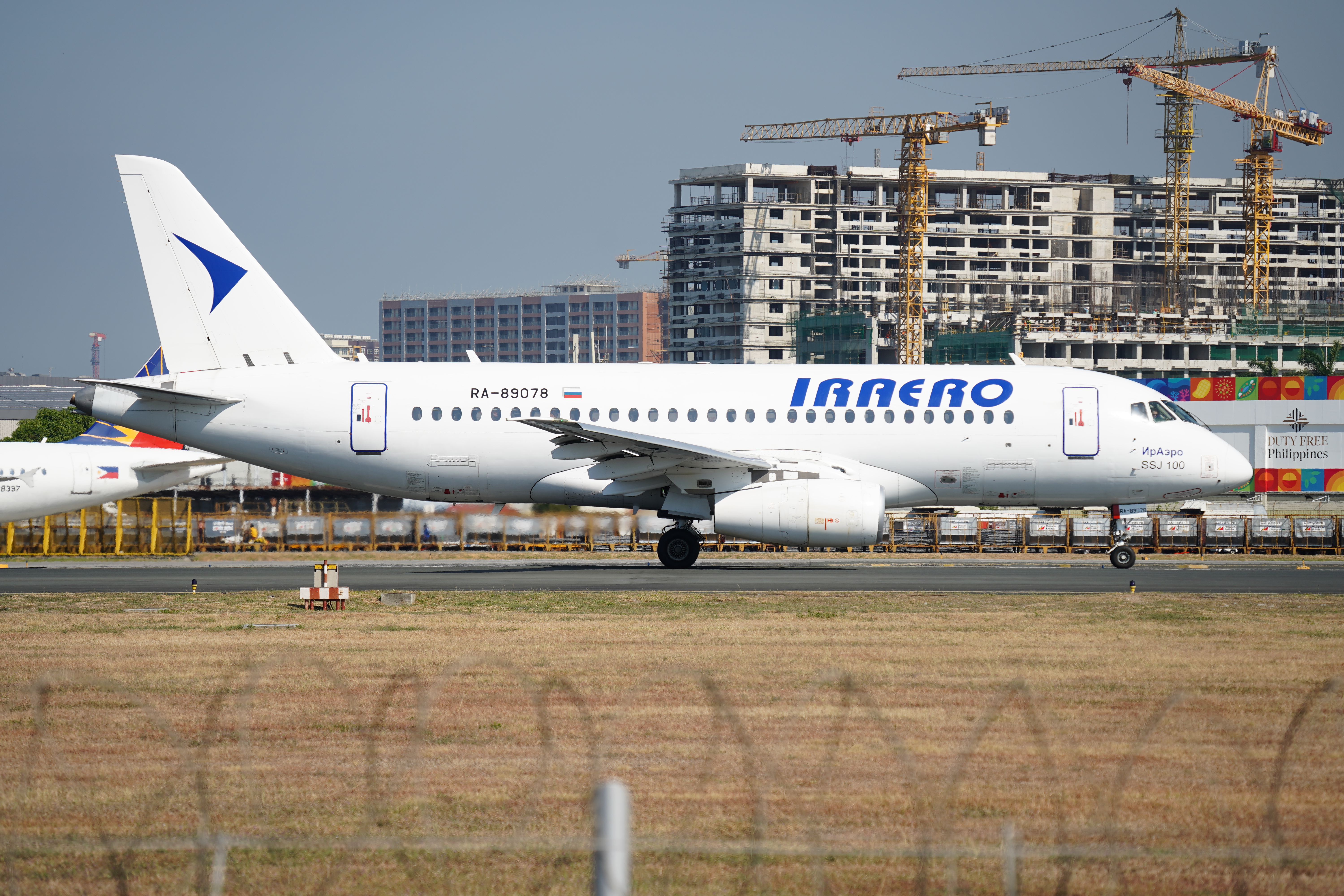
Russian carrier IrAero launched its new direct route between Irkutsk and Manila on March 7, 2024, with flight IO-4271 arriving at Ninoy Aquino International Airport (NAIA). The flight, operated by a Sukhoi Superjet 100-95LR, included a technical stop in Shijiazhuang, China, before reaching Manila.
This was the first time a Sukhoi Superjet landed in Manila for a commercial flight and established the only direct air link between the Philippines and Russia. However, the route was not extended beyond the initial schedule, which ran from March 6 to May 30, 2024.
PAL welcomes first ex-Garuda Boeing 777
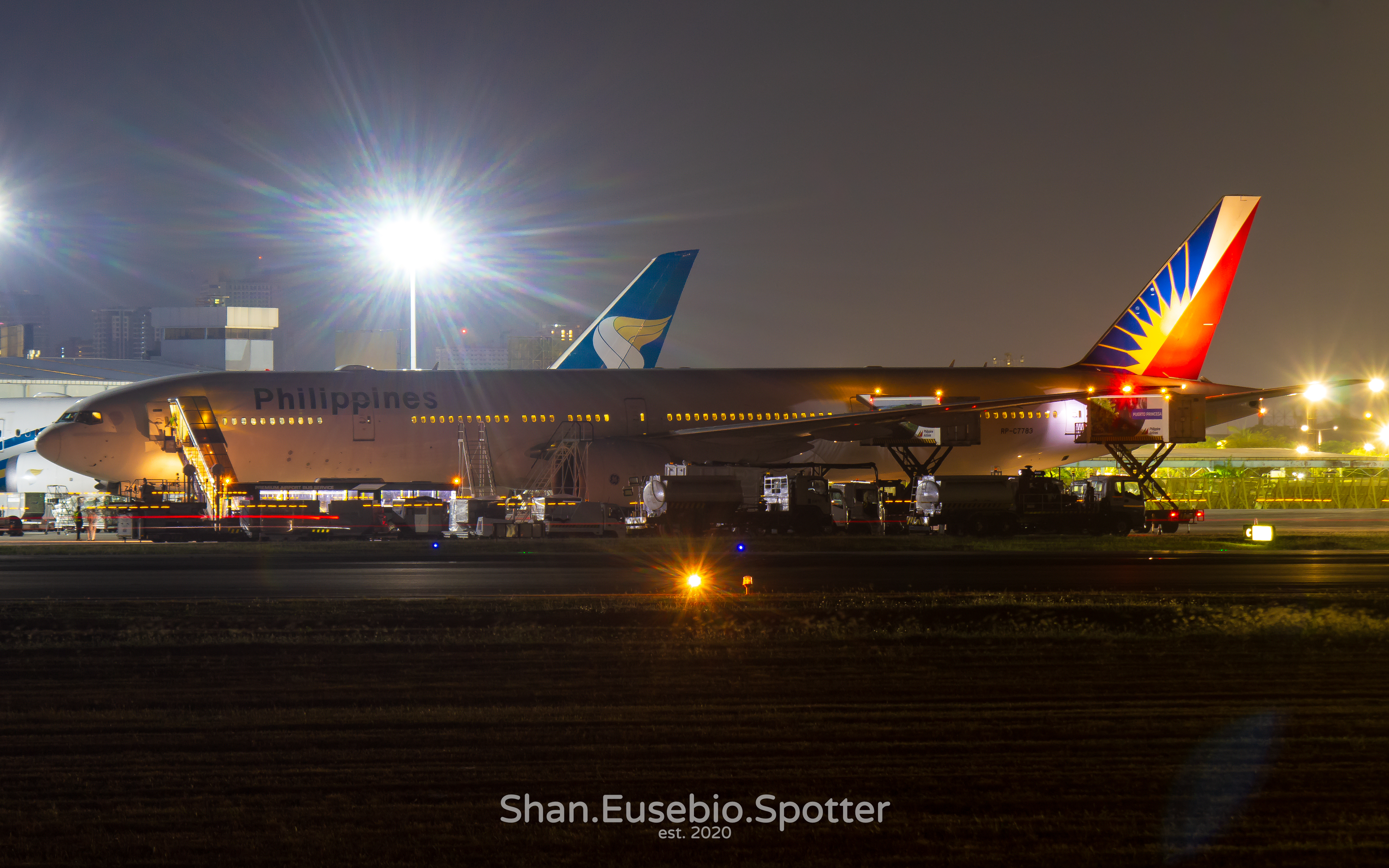
Philippine Airlines (PAL) welcomed its first ex-Garuda Indonesia Boeing 777-3U3ER to its fleet on April 1, 2024, with RP-C7783 touching down at Ninoy Aquino International Airport at 12:19 AM. The aircraft, which had completed a non-stop 15-hour and 16-minute journey from Victorville, California, replaced the outgoing RP-C7776.
The newly acquired aircraft arrived sporting PAL’s iconic Eurowhite livery. The flag carrier retained Garuda Indonesia’s cabin configuration, which includes 27 business class seats and 367 economy class seats. This is the first of two ex-Garuda Boeing 777s to join PAL’s fleet, with the second arriving in November.
PAL is also set to expand its widebody fleet further by the delivery of the first of nine Airbus A350-1000 XWB aircraft by the fourth quarter of 2025.
Cebu Pacific signs landmark deal for up to 152 Airbus A320neo family aircraft
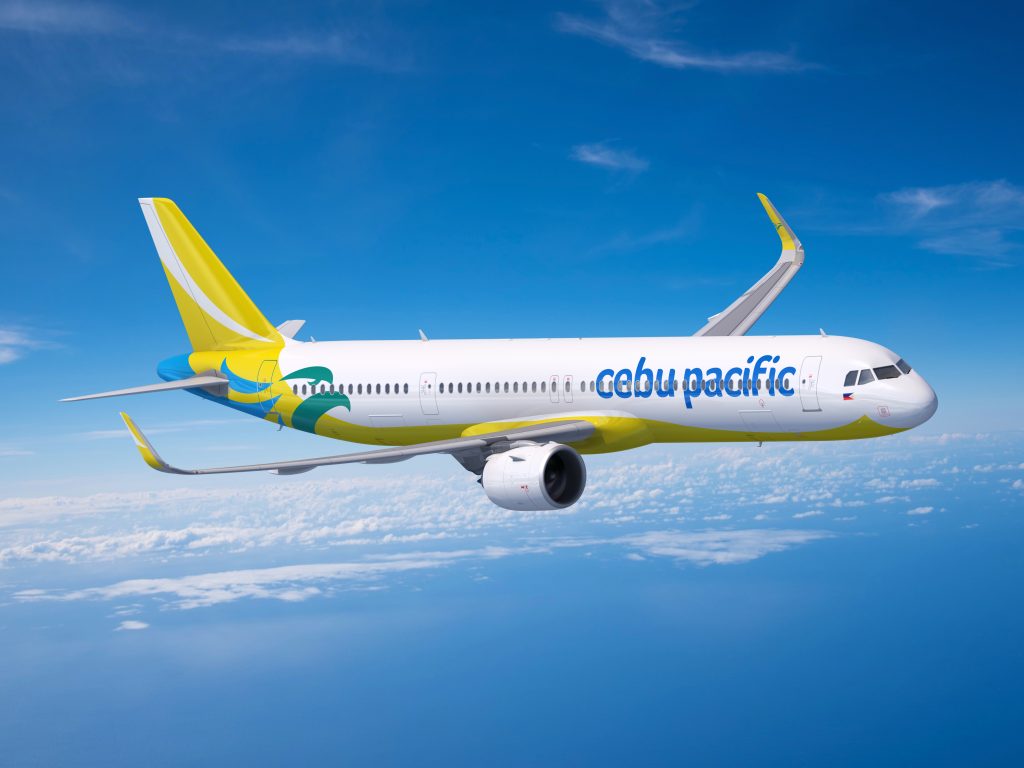
Cebu Pacific made history by signing an MOU with Airbus for up to 152 A320neo family aircraft, marking the largest aircraft order in Philippine aviation. The USD $24 billion deal includes firm orders for 70 A321neo jets and purchase rights for 82 additional A320neo family models.
Powered by Pratt & Whitney GTF engines, the fleet expansion aimed to enhance operational flexibility and support the airline’s growth strategy. Airbus secured the deal after outbidding Boeing, reinforcing Cebu Pacific’s commitment to an all-Airbus fleet for narrowbody and widebody operations.
A year-end message
2024 has been a remarkable year for the Philippine aviation industry. We look forward to more milestones, challenges, and triumphs as we turn the page to a new year.
To our readers and followers who have been with us through every takeoff and landing, thank you for your unwavering support. Here’s to a brighter and more exciting 2025!
























Leave a comment